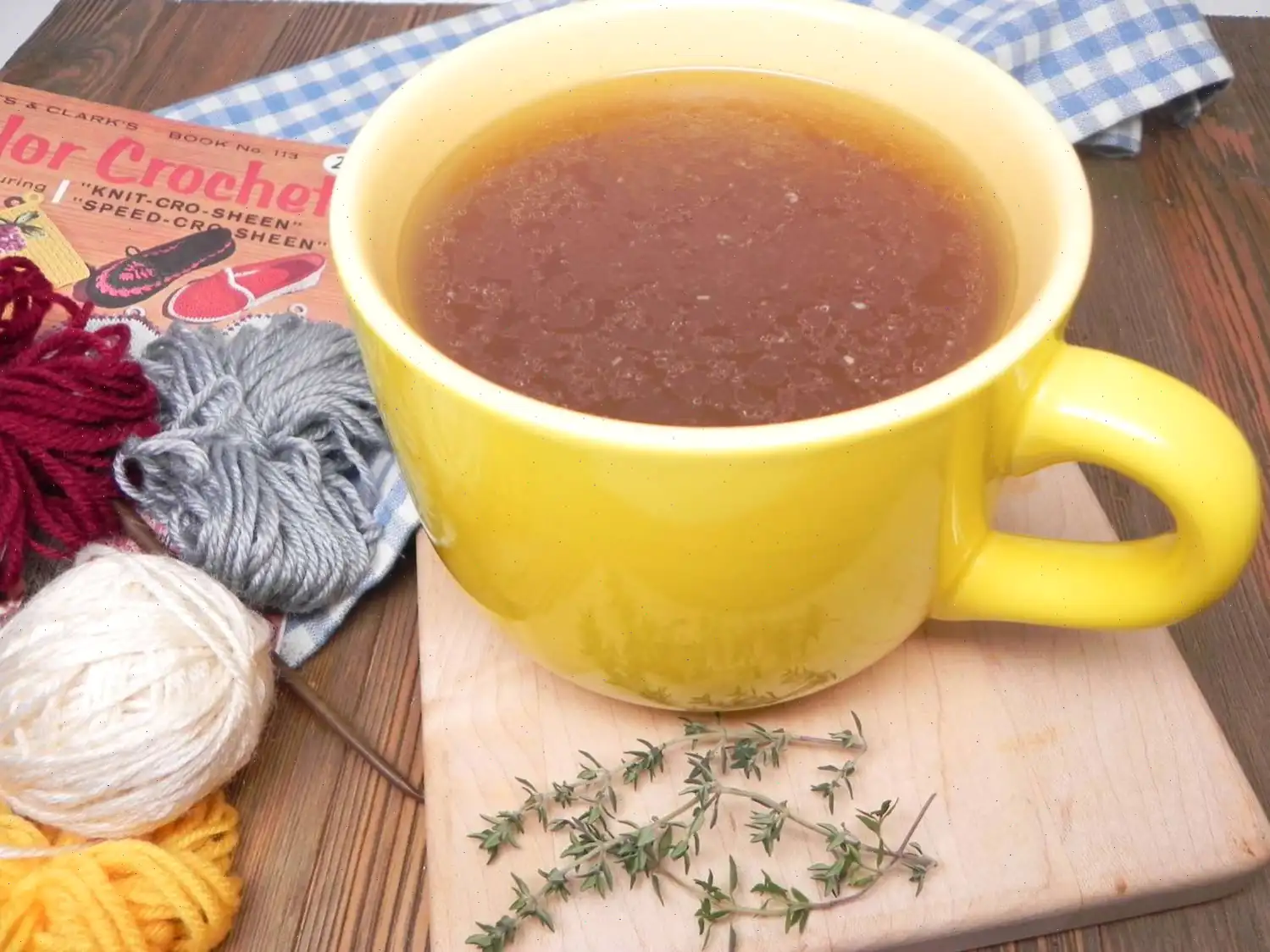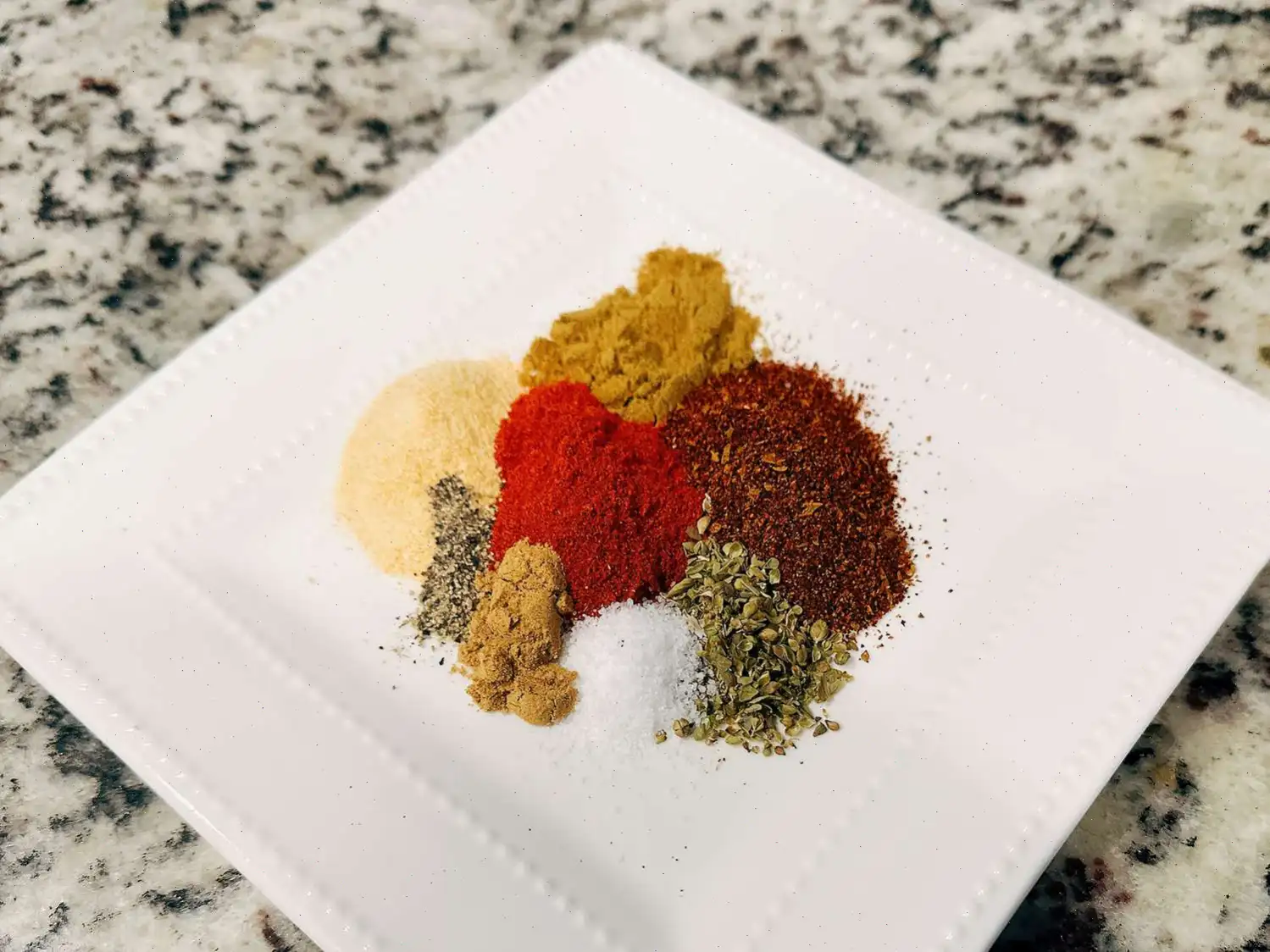
Stovetop Stuffing
The most common Thanksgiving food-related complaint isnt dry turkey, although its often cited. The real issue? Lack of oven space. Thats what inspired me to share this stovetop stuffing recipe, perfect for those with limited oven room. But even if you have multiple ovens at your disposal, you should still give this method a try. Cooking the stuffing in a pan allows for complete control over texture, making it as wet or dry, soft or crusty, as you prefer. Its all about how much liquid you use and how long you brown it in the pan.
Once done, you can serve it loose, like in the video, or press it down for a more compact, casserole-like texture. You can also play around with the seasonings feel free to switch up the herbs, though my "Simon and Garfunkel" blend is a proven favorite. Regardless of your seasoning choices, I hope you give this stovetop method a try. Enjoy!
Ingredients
- 8 cups cubed day-old white French bread, dried
- 1 sticks unsalted butter, divided
- 1 large yellow onion, diced
- 1 cups diced celery
- 1 teaspoons kosher salt
- 1 teaspoons dried sage
- teaspoon dried thyme
- 2 cups turkey or chicken broth
- cup chopped fresh Italian parsley
- 1 tablespoon minced fresh rosemary
- 1 large egg, beaten
- 1 teaspoon freshly ground black pepper
- 1 pinch cayenne pepper
Directions
Step 1: Gather all your ingredients and set up your workspace.
Step 2: Add the dry bread cubes to a large mixing bowl and set aside.
Step 3: In a large skillet over medium-high heat, melt 1 stick of butter. Add the onions, celery, and salt. Saut for about 5 minutes until the onions soften and become translucent.
Step 4: Add the sage, thyme, and broth to the skillet. Stir to combine and bring the mixture to a boil. Once boiling, remove from heat.
Step 5: Pour the hot mixture over the bread cubes in the bowl. Toss gently with a large spoon until the bread is evenly soaked. Let the mixture sit for 15 minutes, tossing occasionally, to cool slightly.
Step 6: Add the parsley, rosemary, beaten egg, black pepper, and cayenne to the bowl. Mix thoroughly until everything is well combined. Let the mixture cool completely, tossing occasionally.
Step 7: In a large nonstick skillet, melt the remaining stick of butter over medium heat. Add the stuffing mixture to the pan and press it down gently with a spatula.
Step 8: Cook for about 5 minutes, until a golden crust forms on the bottom. Turn the stuffing over in sections with a spatula. Cover the skillet and cook for an additional 5 minutes, then uncover and toss again.
Step 9: Continue cooking uncovered, tossing occasionally, until the stuffing is browned and crispy to your liking.
Step 10: Transfer the finished stuffing to a serving dish or casserole and serve warm.
Recipe Tips
- For a deeper brown on top, broil for 1 minute be careful not to burn!
- If you prefer your stuffing more wet and pudding-like, add extra broth and avoid breaking it up too much. Press it down after transferring to the casserole dish for a more compact texture.
Nutrition Facts (per serving)
- Calories: 301
- Fat: 20g (25% Daily Value)
- Saturated Fat: 12g (58% Daily Value)
- Cholesterol: 71mg (24% Daily Value)
- Sodium: 1055mg (46% Daily Value)
- Total Carbohydrate: 26g (10% Daily Value)
- Dietary Fiber: 2g (7% Daily Value)
- Protein: 5g (11% Daily Value)
- Potassium: 174mg (4% Daily Value)
Note: Percent daily values are based on a 2,000-calorie diet. Your actual daily values may be higher or lower depending on your calorie needs.
Origin of Stovetop Stuffing
Stovetop Stuffing, often considered an American classic, has its roots in the long tradition of stuffing dishes enjoyed across various cultures. The dish's history is intertwined with European culinary practices, particularly those from England and France, where bread-based stuffings have been used for centuries. However, it was in the United States that this stovetop variation gained widespread popularity, thanks to its convenience and simplicity. Over the years, it has become a staple on Thanksgiving tables, especially for those who need a quick and easy solution for stuffing, without occupying valuable oven space.
Regional Variations
While Stovetop Stuffing is a common feature in American homes, different regions have adapted the recipe to suit local preferences. In the Northeastern United States, for instance, it is often made with hearty French bread, while in the South, cornbread is a favored base. Some regions also incorporate additional ingredients like sausage, apples, or cranberries, adding unique flavors to the dish. The versatility of stovetop stuffing allows cooks to personalize it to suit local tastes and seasonal ingredients.
Distinguishing Features from Similar Dishes
Stovetop Stuffing stands apart from other stuffing and dressing dishes due to its stovetop preparation method. Unlike traditional oven-baked stuffing, which is typically cooked inside the turkey or in a baking dish, stovetop stuffing is made on the stovetop in a skillet. This allows for a faster cooking time and the ability to achieve a golden, crispy texture on the outside, while maintaining a moist interior. Moreover, stovetop stuffing is more adaptable in terms of texturewhether you prefer it soft and moist or with a crispy crust, you can easily adjust the cooking time to suit your preference.
Common Occasions for Serving
Stovetop Stuffing is typically served as a side dish during major holidays like Thanksgiving and Christmas. Its popularity on Thanksgiving is particularly notable, as it is a perfect complement to turkey and other festive dishes. Additionally, it can be enjoyed year-round, making it a great choice for family dinners or even weeknight meals. The ease and speed of preparation make it an attractive option for anyone seeking a flavorful side dish without spending hours in the kitchen.
Fun Facts About Stovetop Stuffing
- Did you know that the first packaged Stovetop Stuffing mix was introduced in 1972 by Kraft? It revolutionized the way people prepared stuffing, making it quicker and easier than ever before.
- The dish is often a topic of friendly debate among home cookssome insist on making it from scratch, while others swear by the convenience of the boxed version.
- Despite its origins as a side dish, Stovetop Stuffing can also be used as a stuffing for vegetables or poultry, making it a versatile addition to any meal.
- In the U.S., there are various offshoots of the basic recipe, with cooks adding everything from bacon to chestnuts, making Stovetop Stuffing an adaptable dish that can cater to diverse tastes.
FAQ about Stovetop Stuffing
Comments
Hugo
11/29/2024 01:16:50 AM
Great recipe. Easy to make. Everyone loved it.
Gary Diaz
10/13/2024 12:35:57 AM
Quick, flavorful, and insanely satisfying.
TimidTray6595
04/09/2023 06:37:26 PM
I made this stuffing for Easter dinner, magnifico, superb recipe.
Kate
11/25/2022 11:57:32 PM
My family lost their minds over this stuffing. My youngest son who has never tried stuffing, couldn't get enough of this. I would say that it was everyone's favorite dish. I was reluctant to try this recipe as there were no reviews of it prior to Thanksgiving. I took a leap of faith and am so glad I did. This is crazy good. The flavor reminds me of my aunt's Pennsylvania Dutch potato filling, only with bread. The only change I made was using organic white bread instead of French bread. Next year I'm going to double the recipe because it's almost gone the next day!
fetchwood
11/24/2022 11:58:03 AM
Easy peasy and yummy for a dummy. It would be cool if when you say 1/2 stick of butter, you also add weight since some folks don't live in the USA and butter doesn't come in USA sticks. I pretended I was cooking and interpreted the amount of onion to match the amount of celery instead of guessing what a large onion is. Peace out!
arlenefromhett
11/23/2022 11:22:08 PM
If I could give it ten stars I would. FINALLY I made a good dressing!! I have tried so many recipes. What I also love about chef John is he explains WHY you do the things you do to make a tasty dish. Eg, using dried bread crumbs and how browning it enhances taste and texture. I am throwing all the other recipes out!!








